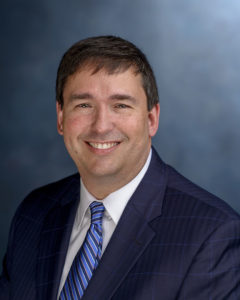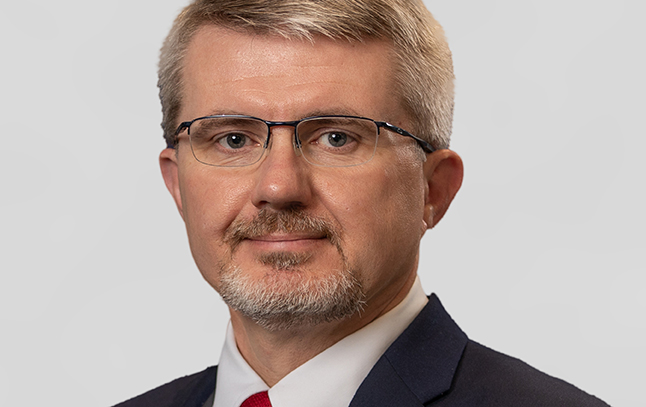
Stephen Pruitt
Achievement gaps have been around for decades. They exist in nearly every school, every school district and every state. The Prichard Committee recently released a report about gaps in Kentucky. And ACT graduating class data released last month confirms gaps continue to persist.
Everyone agrees we have to do something about gaps – something that will solve the issue once and for all – but then it grows quiet.
For a long time, we have been trying to teach reading and math, testing reading and math, and yet not seeing the gains we want to see. So, what is it that has to change? I have a few thoughts.
First, I think we need to help our most struggling students see they can be successful. They need to see that people like them (in both look and background) are successful. I was very lucky because I had parents who expected me to do well and allowed me to see success. Dad was a first generation college graduate and mom was a teacher, both having come from backgrounds in the copper mining area of Copperhill, Tenn.
However, I had a high school counselor who did not see the potential in me. She told me at one point that perhaps I was, “not college material.” Oh, how I would love to give her my business card. Luckily, her opinion of me did not change my destiny, because I could see where I needed to go. I knew I needed to go to college to achieve my dreams, and I knew I could be a success if I worked hard.
Role models play a big part in students’ lives, sometimes even if they never meet face to face. Several weeks ago during the 2016 summer Olympics, Simone Manuel became the first African-American woman to win gold in an individual Olympic swimming event. Being the first is a huge accomplishment, but knowing the weight of the future was on her shoulders is just as big. Students of color watching the games saw that if she did it, it was possible for them too.
Last month, longtime educator Bill Twyman became chair of the Kentucky Board of Education. He is the first African-American to hold this position. Bill is extremely modest and I am not sure this was on his mind at the time, but by wanting to do what is right for the students of the Commonwealth and agreeing to serve, he has empowered others to reach new heights in education.
One last example, state Sen. Ralph Alvarado is the first Hispanic elected to the Kentucky General Assembly. He chose to step up and become a leader. As a result, he had the opportunity to speak this summer at the Republican National Convention. Whether you agree with his politics or not, he enabled many students to see that they too someday could achieve this level of success.
So how does this help close the achievement gap? It helps because so many of our students cannot see their way to success. Many may never be exposed to success or may never get the opportunities they need in school to become a success. People like Simone, Bill Twyman and Sen. Alvarado give students hope and courage to move forward. As educators, we must understand these are not flukes, but that each and every child can realize success.
If we really want to see gaps close and diversity increase, we have to own it. I said this at the release of the Prichard Committee report. I publically announced I own the achievement gap and I have to do something about it. I also said if we do not all own it, we cannot begin to see change. It is not just the commissioner and KDE that has to own it, it’s all of us.
It’s like in CPR training, you are taught to never call out, “Someone call 9-1-1.” If you do, it is likely that nobody will do it, because each thinks the other person will. Instead, you are supposed to point to someone and say, “You call 9-1-1!” In this case there is ownership, and it’s a lot more likely it will be done.
This is somewhat like what we have done in the past with regard to the achievement gap – we all agree we have an issue, but everyone thinks it’s up to everyone ELSE to find a solution. It is time to own the issue of achievement gaps and the fact that a lack of opportunity is at the root of its existence.
There are incredible things going on around our state, such as the Black Males Working Academy that I attended in Lexington at the invitation of the Rev. and Mrs. C.B. Akins. They are taking responsibility for guiding greater Lexington’s African-American male students toward success in K-12 and on to success in postsecondary. They partnered with the University of Kentucky to provide scholarships to these young men as an incentive to push them to greater heights. But it is not just the young men who participate in this effort. It also is families and a full network of support.
If we are to see change, we must be that change. If we are to close gaps, we must own the fact that in the past, we did not offer opportunity or a vision of success to all students. Achievement gaps do not just exist for our students of color, economically disadvantaged or our special needs community; they exist in different manifestations across the board. But until we are able to deal with and own the issue, we cannot possibly hope that it will change.
Today is a great day to make the difference in the life of a child. We all need to make the commitment to do so.




Leave A Comment